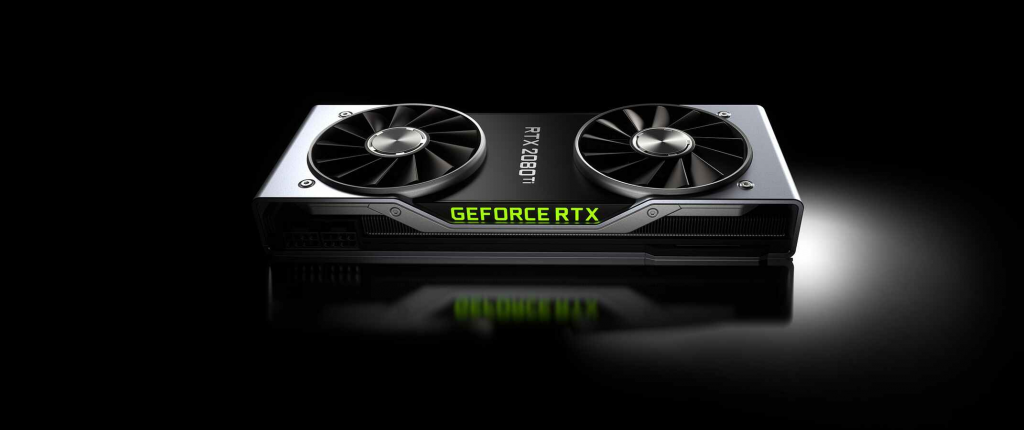When watching the news, reading newspapers or watching podcasts, somehow there is always a article or topic about a company that spend a ridiculous amount of money on investments in AI. Whenever I come across one of these stories, I can’t help but wonder if such a large investment is worth it.
Take meta for example they reportedly offered Andrew Tulloch, the co-founder of Thinking Machine Lab, as much as 1.5 billion dollars over at least six years (Jin, B and Hagey, K, 2025) or the reported offer to Matt Deitke for 200 millions (The New York Times, 2025). All this money for just one person, how could this in any way be profitable?
But it is not just meta that are throwing large amounts of money in search of AI experts NVIDIA spent over 900 million to hire personnel from the AI company Enfabric (Kolodny et al., 2025) and Google reportedly offered 2.4 million billion dollars to Varun Mohan, the cofounder of Windsurf.
This strategy of spending hundreds of hundreds of millions dollars on the top guys of AI startups seems like betting everything on black in roulette, because it was your favourite colour. The thought that a few people, who had leadership positions in AI companies, are such geniuses that they are the key ingredient in revolutionizing the AI industry seems simplistic. In reality progress is not driven by the talent of the few, but it depends on workforces, infrastructure, and market readiness. The arms race of getting the top talent is only leading to inflating the costs without guarantying returns.
References:
- A.I. researchers are negotiating $250 million pay packages. just like N.B.A. stars. (2025). The New York Times. https://www.nytimes.com/2025/07/31/technology/ai-researchers-nba-stars.html
- Kolodny, L., Novet, J., & Leswing, K. (2025, September 18). Nvidia just spent over $900 million to hire Enfabrica CEO, license AI startup’s technology. CNBC. https://www.cnbc.com/2025/09/18/nvidia-spent-over-900-million-on-enfabrica-ceo-ai-startup-technology.html
- Jin, B and Hagey, K (2025). Thanks for Your $1 Billion Job Offer, Mark Zuckerberg. I’m Gonna Pass. The Wall Street Journal. https://www.wsj.com/tech/ai/meta-zuckerberg-ai-recruiting-fail-e6107555

